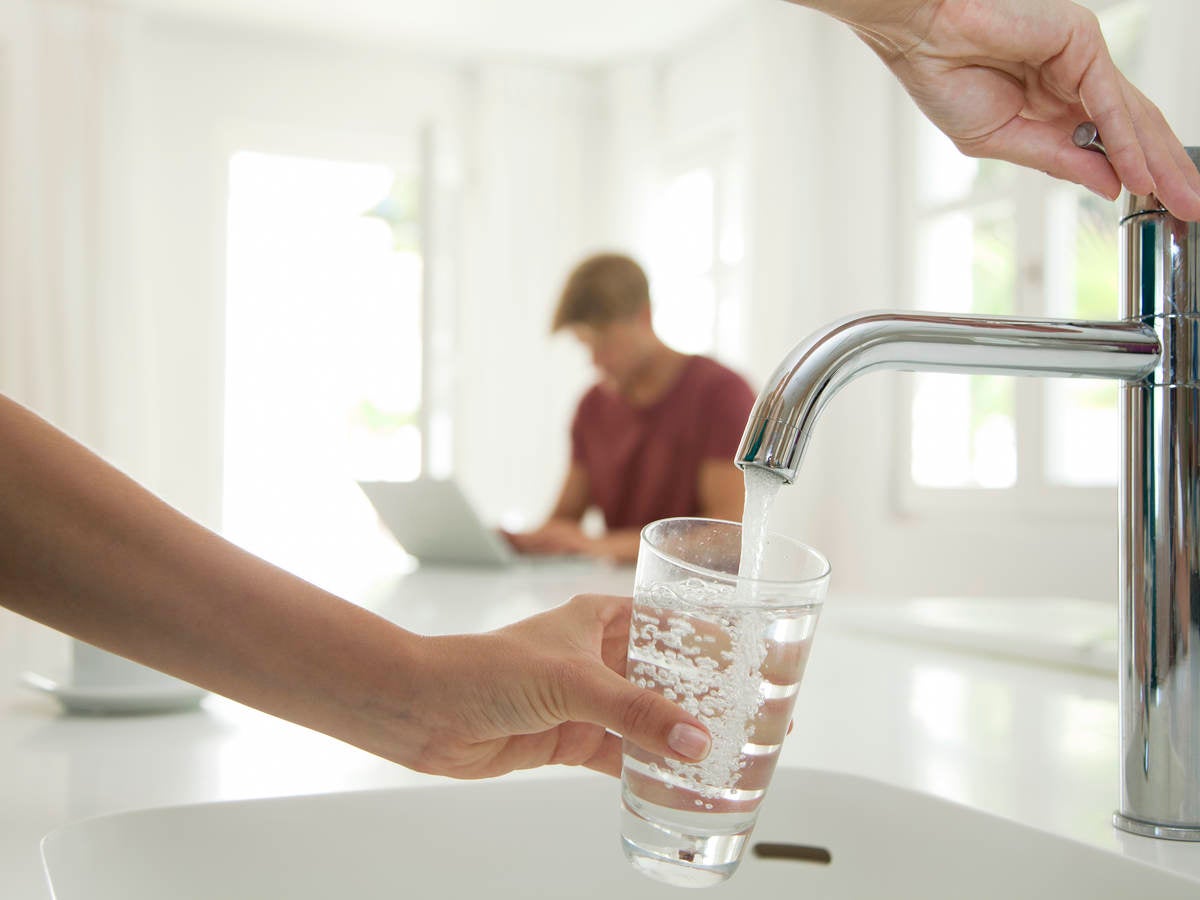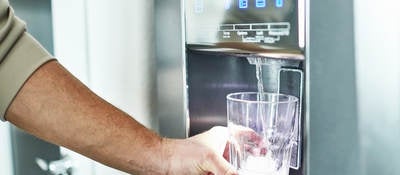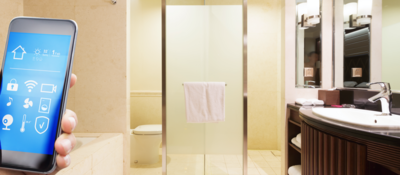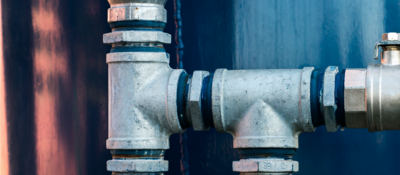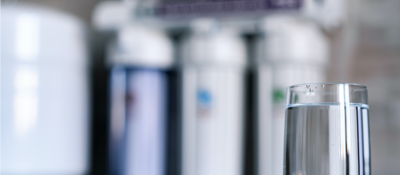September 29, 2021
UL is a global safety science leader, providing testing, certification and compliance services to many industries, including the water and plumbing sector. In this Q&A, UL’s global business development manager, Amanda Fisher, offers insight on improving water quality.
What is UL all about?
UL helps create a better world by applying science to solve safety, security and sustainability challenges. We empower trust by enabling the safe adoption of innovative new products and technologies.
Everyone at UL shares the same mission — to make the world a safer place. From independent research and standards development, to testing and certification, to providing analytical and digital solutions, all of the work we do helps improve global well-being. Businesses, industries, governments, regulatory authorities and the public put their trust in us so they can make smarter decisions.
Why is water quality still a topic of concern globally?
Safe and readily available water is essential to public health and will always remain a global concern. In developing countries, people are most concerned about acute illnesses and are focused on obtaining microbiologically safe water, while countries that have been treating water for years are facing emerging contaminants — or ones that have not even been considered before.
As both water treatment and analytical methods improve, new issues are emerging that need to be addressed. At UL, we can see this evolution of water quality in the standards we work with, which are regularly updated to address new contaminants, adjust pass/fail levels, add new technologies or evaluate products in different ways.
Why is water quality important to you?
I have been in the water product certification industry for over 18 years, so I think about it every day. However, between COVID-19, natural disasters, racial justice concerns and the many other topics in the news, water quality may not be top of mind for most of the population.
To sustain life on this planet, everyone needs access to clean water, whether to quench our thirst, prepare food, clean our bodies or simply enjoy recreational access to pollutant-free water. August is National Water Quality Month, which is a great reminder of what every one of us can do to improve water quality in the years to come.
What role does the water industry play in improving water quality?
While the industry is diverse, we all have a part to play in improving water quality.
- UL tests and certifies water products to help our clients ensure that their products perform as expected and do not negatively impact human health.
- Water utilities are looking for solutions to repair or replace aging or dated infrastructure, ensuring better water quality for future generations.
- Water treatment product manufacturers have an opportunity to respond by designing products that can remove new contaminants or bring existing contaminants to lower levels and to make lower-cost alternatives to treatment in areas where clean water does not just flow freely from the tap.
- Water infrastructure product manufacturers should take a close look at the materials and ingredients they use to manufacture their products and ensure they aren’t adding harmful contaminants to water.
What steps is UL taking to help improve water quality?
UL’s water team tests and certifies drinking water system components for their impact on human health using industry standards.
When water leaves a treatment facility, it should, in theory, meet safe water requirements. However, as water travels through a distribution system, there is an increase in contaminants due to the myriad touchpoints on the journey, including pipes, fittings, coatings and valves.
Our laboratory uses conditioning waters to simulate the extremes a product may experience across the U.S. Finished products and materials are exposed to different pH ranges and temperatures over a specific number of days. We then take that water and analyze it to see what contaminants were shed and ensure they are at levels considered safe to drink. We carry out a similar process for water treatment chemicals. By evaluating the safety of products and chemicals, we help ensure cleaner water at the tap.
If you could change one thing about the way water quality is managed currently, what would it be?
I’d love to see more people acknowledge the true value of water. Every individual or business that uses water, every industrial manufacturer that discharges it into our waterways and every regulator that decides how to fund and monitor our water systems must consider what steps they can take to continuously improve our water quality. This often requires an investment of time and resources, and to make it happen, we all need to see the value of water.
What are your hopes for the future of our water sources?
I hope that people increasingly see the importance of protecting our water sources by not only consciously reducing water use but also taking actions to keep water sources clean. For UL’s recent 125th anniversary in 2019, we cleaned 125 waterways. It was disheartening to see the amount of garbage — specifically plastic — strewn all over our beaches. Participating in the cleanup helped bring into focus for me the broader picture, that safeguarding water quality involves more than just the water products UL tests and certifies every day. It’s also about understanding what else goes into our waterways and, ultimately, our water systems.
What role do you think technology will play in securing water quality?
I’m excited about the many smart products entering the water market. Utilities are adopting smart technologies to monitor and maintain their systems. This has led to advancements in key areas like contaminant monitoring, metering, leak detection, remote shutoff and pressure management. These devices and tools should support us in more quickly identifying water quality issues, help conserve water and better manage assets. This will potentially save money, which can be used to support other water quality efforts. Connected products add new levels of risk for both the water system owner and the product manufacturer, and there is some reluctance to adopt these designs. UL has been addressing these risks by evaluating both cybersecurity and connectivity of products like these, building trust in the marketplace.
This article originally appeared in H2O Global News, Sept. 6, 2021.



